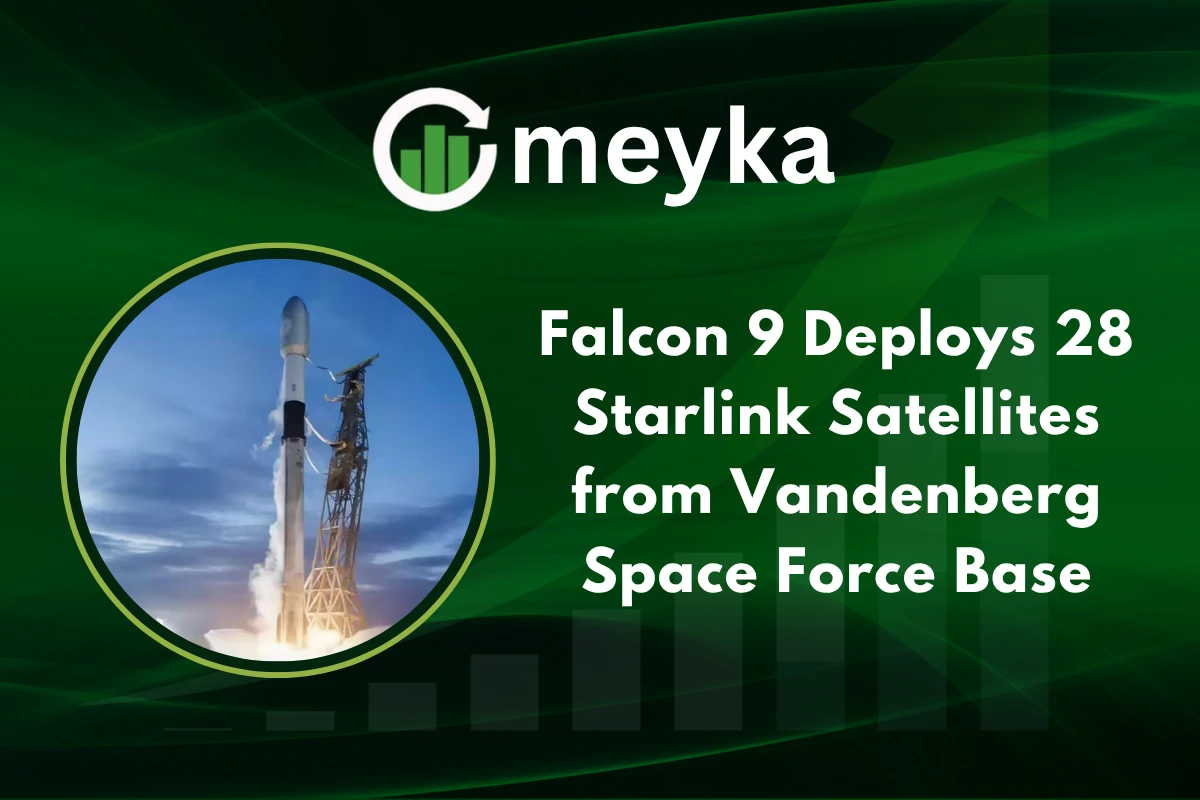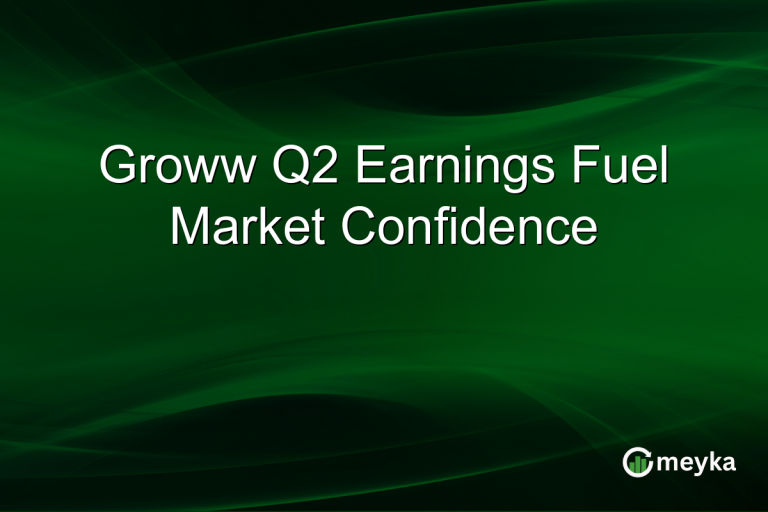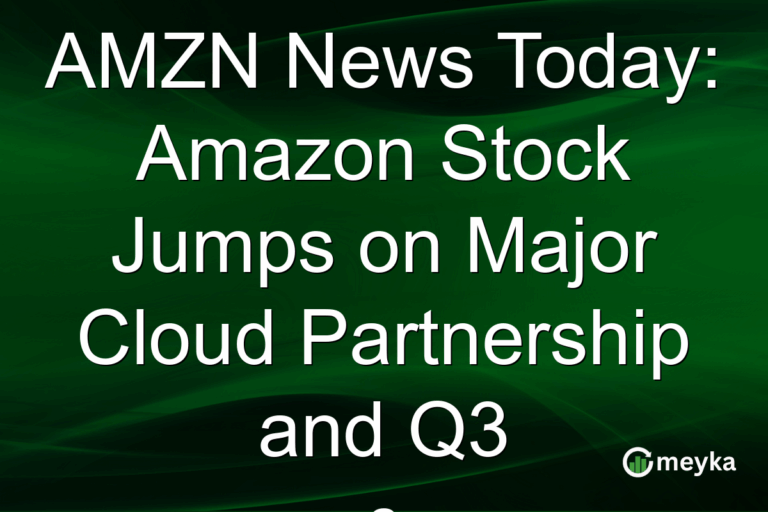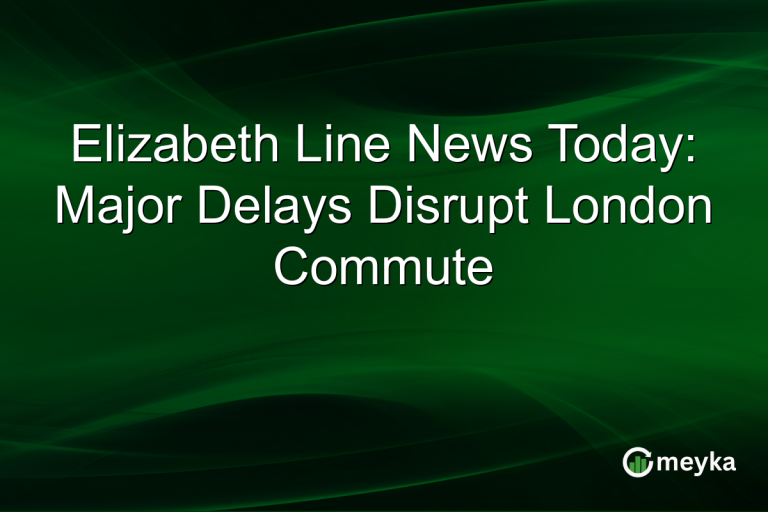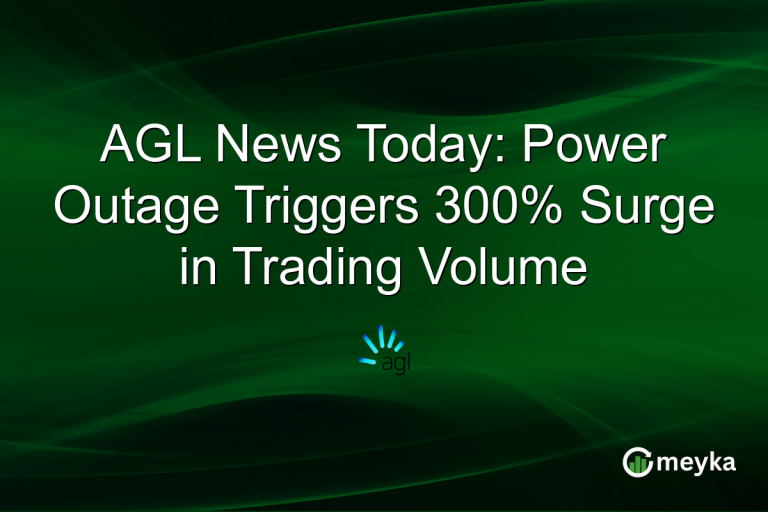SpaceX Launch: Falcon 9 Deploys 28 Starlink Satellites from Vandenberg Space Force Base
The SpaceX Launch from Vandenberg Space Force Base placed 28 more Starlink satellites into low Earth orbit. The mission shows SpaceX’s fast turnaround and reusable rocket strength. It also set a record for Vandenberg’s launch pace this year. The Falcon 9 rose through a clear sky, then the first stage returned to a drone ship at sea.
According to Spaceflight Now and WebProNews, the launch helped Vandenberg become the West Coast center of high cadence orbital access.
SpaceX Launch Overview
What happened during the SpaceX Launch
The Falcon 9 carried 28 Starlink V2 mini satellites. Liftoff occurred from Space Launch Complex 4 East. The booster completed a successful descent, landing on a drone ship in the Pacific. The upper stage deployed all satellites into low Earth orbit about an hour after liftoff.
This mission adds more capacity to the Starlink network and helps expand coverage in higher latitude and polar routes.
Why this SpaceX Launch matters
This SpaceX Launch broke Vandenberg’s annual record for orbital missions. The pace shows how routine commercial launches have become, and how reusable rockets are changing access to space.
It also reflects demand for broadband in remote regions, and national security scheduling that uses Vandenberg’s polar access. WebProNews noted environmental and regulatory conversations as activity increases. citeturn0view0
SpaceX Launch Mission Details of the Falcon 9 Starlink Deployment
SpaceX Launch Technical Snapshot
The mission flew on a south-easterly trajectory for sun-synchronous insertion. Liftoff times and windows were set to match orbital phasing needs. Falcon 9’s reusable first stage was a booster on multiple flights; it landed on the drone ship as planned.
Deployment of 28 satellites occurred after planned upper stage burns, and the satellites will use onboard propulsion to reach operational slots. Spaceflight Now provided live coverage and the deployment timeline.
SpaceX Launch conditions and timeline
The weather at Vandenberg cooperated, allowing the go. The launch plume and reentry visuals were visible across coastal Southern California. Reports said the flight marked another successful booster recovery, underscoring SpaceX’s cost efficiencies.
The mission was cataloged as part of the Starlink Group 11 series, adding to a growing constellation.
SpaceX Launch Impact on Global Connectivity
How this SpaceX Launch helps Starlink
Each batch helps fill regional gaps. The 28 satellites extend capacity for low-latency, high-speed service. Starlink aims to serve rural users, maritime and aviation connections, and emergency communications.
This launcher cadence lowers latency for customers and increases redundancy for the mesh network. Yahoo and Space.com emphasized the consumer and infrastructure benefits of faster deployments.
Who benefits from this SpaceX Launch?
Rural communities, ships at sea, remote research stations, and first responders gain from denser coverage. Faster deployment means quicker service rollouts. The incremental satellites also assist in replacing aging or deorbited units. SpaceX officials noted operational goals as part of broader constellation planning.
Behind the Scenes at Vandenberg Space Force Base for this SpaceX Launch
SpaceX Launch operations and records
Vandenberg’s Space Launch Complex 4 East supports polar and sun-synchronous flights. The base recorded record activity this year in part because of SpaceX missions. Ground crews, Space Force staff, and SpaceX teams coordinated tight pad turnarounds, range safety checks, and the drone ship recovery plan.
The mission showed close coordination between commercial operators and military range officials.
SpaceX Launch environmental and regulatory notes
Increased launches raise environmental questions, from sonic booms to marine impacts during landings. Local regulators and maritime agencies monitor operations. WebProNews highlighted debates that accompany higher launch frequency, even as national security and commercial needs rise.
Expert Insights and Public Reactions about the SpaceX Launch
SpaceX Launch social reactions and expert takeaways
Public reaction was mixed excitement about the visuals and interest in improved internet access. SpaceX shared the mission update on its social feed, confirming deployment and recovery. See the official post:
Community observers on the Space Coast and local trackers posted launch imagery and timelines, adding eyewitness detail to the story:
Analysts said the launch marked another step in rapid constellation growth.
SpaceX Launch: What’s Next for SpaceX and Starlink
SpaceX Launch upcoming missions
Spaceflight Now and Space.com list further Starlink flights and other contracted missions. SpaceX aims to maintain high cadence with reusable rockets, while expanding service quality.
Planned missions will keep boosting orbital capacity for consumer, maritime, and enterprise users. Continued launches also help SpaceX test new satellite features and replacement cycles.
Short Q and A about this SpaceX Launch
Will more launches follow soon? Yes, SpaceX schedules frequent Starlink flights, often weeks apart, to keep the constellation refreshed and expanded. citeturn0view1turn0view2
Did the booster land safely? Yes, the first stage returned to the drone ship, completing another successful recovery and demonstrating reuse advantages. citeturn0view0turn0view2
SpaceX Launch Conclusion
The SpaceX Launch that placed 28 Starlink satellites into orbit from Vandenberg shows how commercial space access has accelerated. It advanced global broadband aims, set operational records at the West Coast range, and reinforced reusable rocketry’s role in lowering costs.
According to Spaceflight Now and WebProNews, this mission marks yet another reliable success in a year of high cadence operations for SpaceX. For consumers, the launch promises better coverage in remote areas, for industry it signals faster delivery of capacity, and for regulators it raises questions as orbital activity rises. Stakeholders must weigh operational benefits with environmental responsibilities.
Regulators, industry, and communities should work on clear rules for safe, sustainable growth. This SpaceX Launch signals a changing era in space access.
FAQ’S
Falcon 9 can carry up to 60 Starlink satellites in a single launch, depending on the satellite version and orbital target. The newer Starlink V2 mini satellites are slightly larger, so recent missions deploy around 20 to 28 per flight.
SpaceX launches Falcon 9 rockets from several sites, including Cape Canaveral in Florida and Vandenberg Space Force Base in California. Each site supports different orbital paths, including equatorial and polar missions.
Yes, SpaceX regularly launches from Vandenberg Space Force Base on the West Coast. The latest SpaceX Launch carried 28 Starlink satellites into orbit, marking another record-setting mission for the site.
SpaceX is deploying a large constellation of Starlink satellites to provide fast, low-latency internet access globally, especially in rural and underserved areas. Frequent launches help maintain and expand this broadband network.
Falcon 9 is a reusable orbital rocket designed by SpaceX to transport satellites, cargo, and crew into space. It’s used for commercial missions, NASA contracts, and Starlink satellite deployments.
Since its debut in 2010, Falcon 9 has achieved an exceptional success rate, with only a few early failures. Out of more than 330 launches, fewer than five have failed, making it one of the most reliable rockets in history.
Disclaimer
This is for information only, not financial advice. Always do your research.
